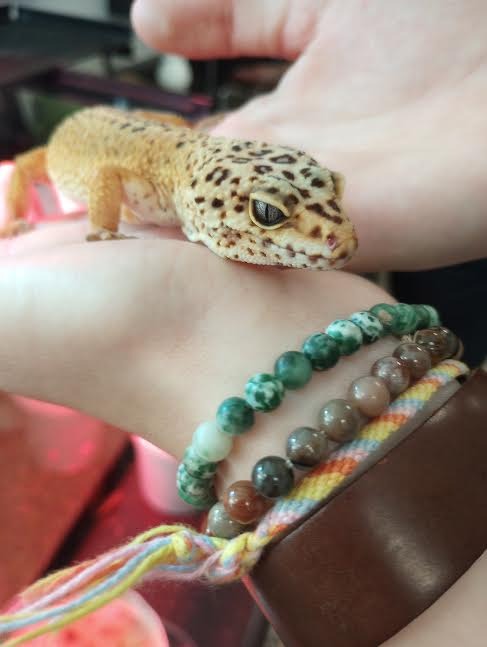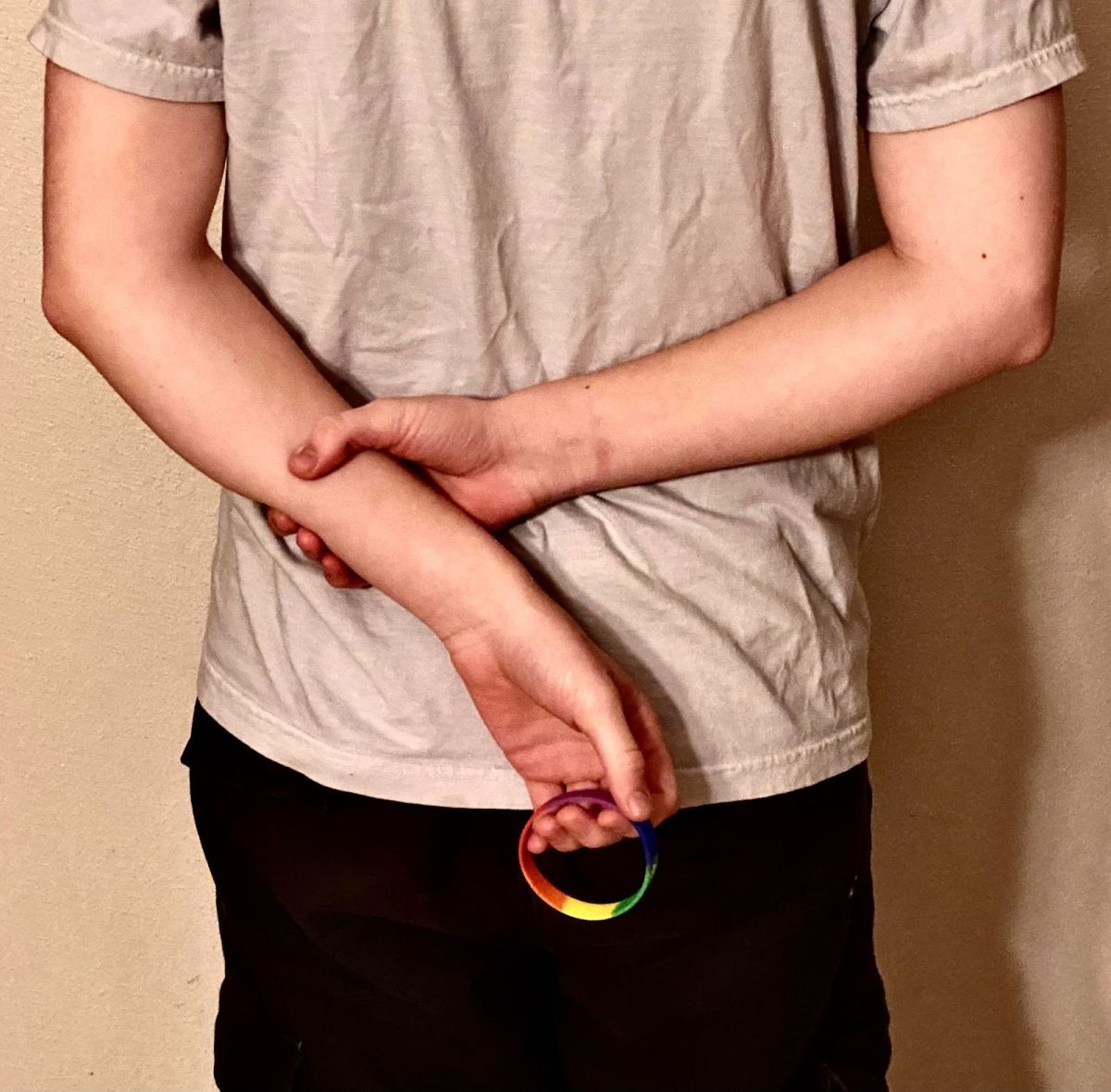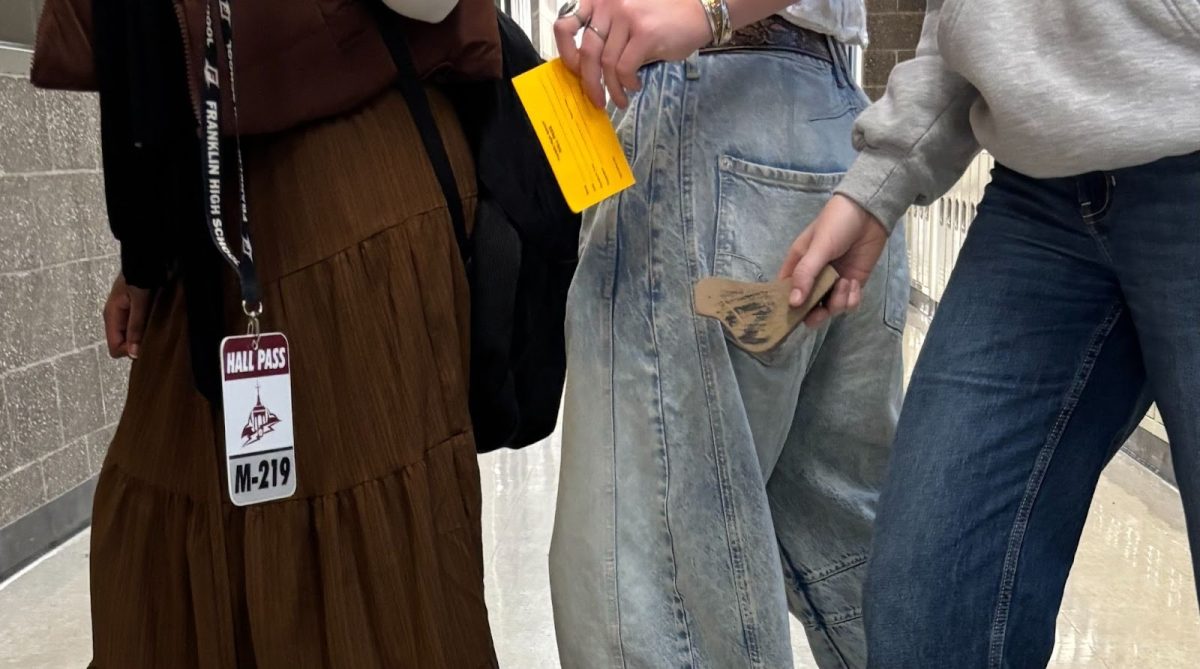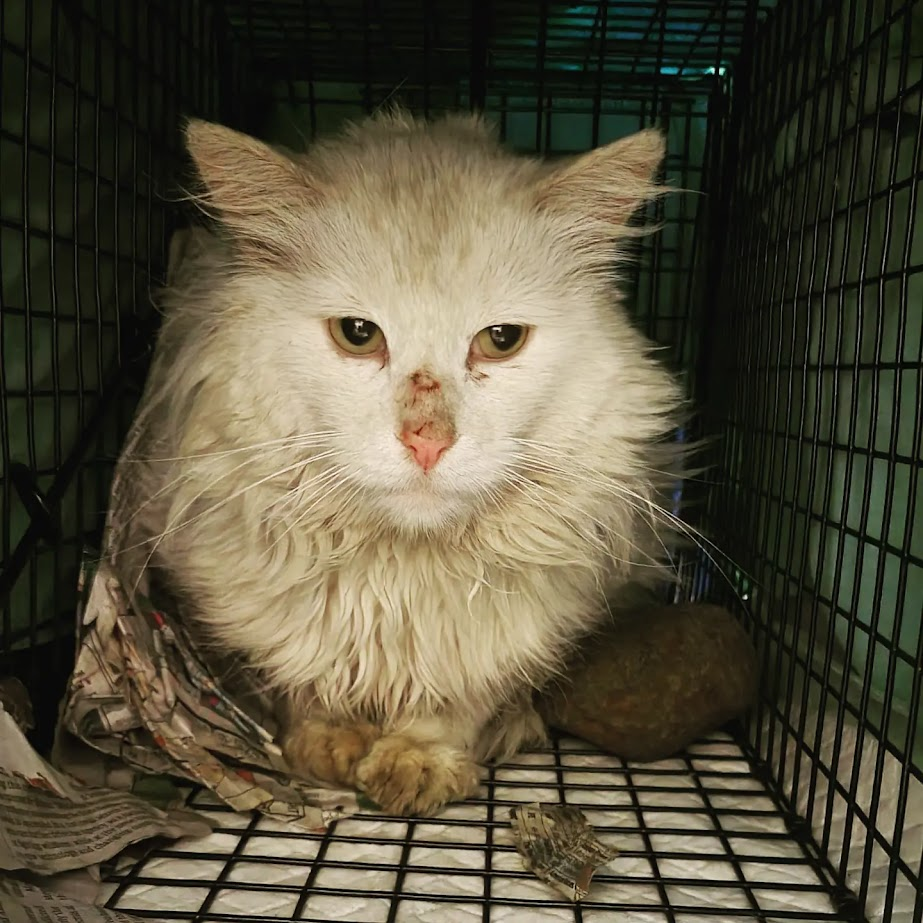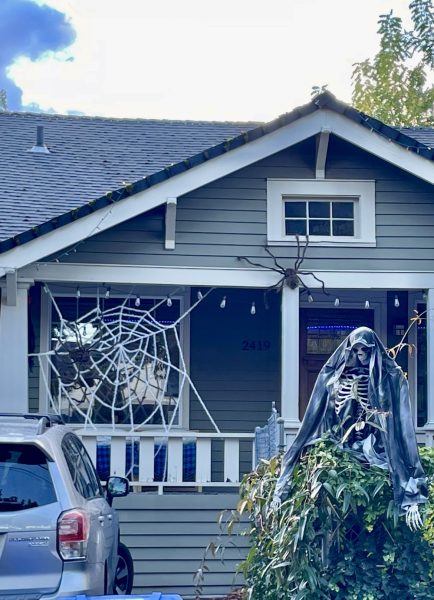
This Halloween, will you participate in the age-old tradition of trick-or-treating? Trick-or-treating is the game of dressing up and going house-to-house, asking that residents give you sweets and goodies unless they want to be faced with the more foreboding option — the trick. This Halloween tradition wasn’t popularized until the late 1920s, when Halloween tricks and pranks were big. Ever since then, trick-or-treating has been an important facet of the holiday; however, many have experienced a shift in enjoyment as they age — your chin becomes stubbled and your Superman tights don’t fit like they once did. Suddenly, the light in your eyes fades, and you find yourself asking if you’re making the right choices in life and why your Darth Vader mask smells funny. Soon, the question arises: at what age do you stop trick-or-treating?
People seem to stop trick-or-treating when they feel too old, but “too old” means something different for everyone. For six-year-old William Sutton, this age is incredibly high. When asked what age he believes he will be too old to trick-or-treat, Sutton responds, “I think when I am about 90 years old.” Sutton continues, explaining that the reason people may stop trick or treating is “because they get too tall … they have to stay home. They [can hurt] their back.”
Despite this six-year-old’s confident claims, this often isn’t true as many people stop trick-or-treating in their prime. This fact made me wonder: why is that? If there is no risk of injury, why stay home on Halloween?
The hard truth is, you can’t trick-or-treat forever. While the exact time someone chooses to stop trick-or-treating is ultimately up to them, I believe for many this time should come around eighth grade. This is because, as teens begin to enter high school, they are often well into puberty and these high school trick-or-treaters have experienced numerous changes to their body; they have newer and more adult features like taller height, deeper voice, and body hair. Continuing to trick-or-treat beyond this point is risky, making you subject to judgment from others — more on that later.
The nine-year-old Cardoza twins, Brooklyn and Braden, explain their thoughts differently than Sutton. Brooklyn claims that people stop trick-or-treating because “they get too old, and don’t like it anymore.” Braden explains, “Maybe they think a grown person trick-or-treating is weird, and [trick-or-treating is] a young person thing.” Even so, the twins both claim they will only stop trick-or-treating well into their twenties.
In comparison, we see 12-year-old Milo McMaster, who theorizes that “people stop because … most of the people around them stopped.” This point makes him the first person interviewed to consider the societal pressure to cease to participate in the holiday fun. Dan Silvernail, a teacher here at Franklin, stopped trick-or-treating when he was 12, confirming the impact of societal pressure, saying, “You get to middle school and you start thinking that this is just for little kids.”
Both accounts affirm that pressure from peers and potential judgment from others are large factors that contribute to why people stop trick-or-treating. Silvernail’s experience, however, seems to be an outlier from most people I know now — many of whom continue to trick-or-treat throughout middle school. Perhaps this has to do with leniency from adults who pass out candy on the holiday. While he was once skeptical of any high schooler who trick-or-treated, during our discussion Silvernail revealed a shift in his opinion, saying, “I had [the] realization, it’s probably good [they] trick-or-treat instead of getting into trouble … because the alternative could be [that] they’re out vandalizing things … doing the tricks.” Silvernail clearly prefers the treat to the trick.
When comparing my own experiences with Silvernail’s, I wondered: why is there so much variation in the age that people stop, or plan to stop trick-or-treating? I suspect there are three main factors: age, appearance, and social norms.
The first is clear, when you’re young you imagine that you could trick-or-treat endlessly; you are naive, blissful, and unaware of the effects of puberty on the body. But as you age, you often begin to feel too old for it.
The influence of age is especially impactful when considered in conjunction with the second factor: appearance. Those of us who hit puberty young may understand this. Freshman year, as I stood taller than some of the adults handing out candy, I decided it would be the last time I trick-or-treated. Silvernail concedes that appearance is a big factor, claiming, “One time, years ago, I didn’t turn the kid away, but maybe the kid saw my reaction. He was a pretty big kid and I could tell he was pretty old, definitely high school age. I thought to myself, ‘Isn’t he a little old?’” Appearance can also play a key role in someone continuing to trick-or-treat. Alistair Selfridge, an 18-year-old who still trick-or-treats despite the norm of quitting during early teen years, is 5-foot-7-inches in height and, while in costume, could be perceived as someone much younger in age. For him, trick-or-treating is unserious, and he chooses to ignore the standard which pressures teens to quit. On that matter, Selfridge says, “[People] think they get too old for it, or too cool or something. No! You’re never too old to trick or treat!”
This point leads into the final influential factor: social norms. As the interviewees discussed, pressure to quit trick-or-treating is a big reason why people stop; either thinking they’re “too old,” as Brooklyn Cardoza says, or maybe the tradition is “just for little kids,” like Silvernail expresses. In my experience, this mindset of “out-aging” can be seen in all sorts of elements of our childhoods: from video games like “Minecraft” to nostalgic movies — timeless aspects of our early lives which can still feel relevant. While all these things encompass a certain nostalgia of childhood, I’ve noticed that trick-or-treating is targeted more than others. This is due to the details of the act. While enjoying a game like “Minecraft” or watching “Wall-E” are personal activities, trick-or-treating gets others involved. The nature of it is built around the communal features it upholds.
Beyond these three key factors, what I think it truly comes down to is a general dislike of teenagers. While some adults are more lenient and naturally caregiving towards children, all adults don’t share this same feeling towards adolescents. This general societal normality results in more pre-teens and teenagers being ridiculed for trick-or-treating — the biggest reason I would advise someone to quit while they’re ahead.
Many factors contribute to when someone will decide to stop trick-or-treating, though, ultimately, the choice is up to you. Regardless of when you choose to stop participating in the tradition, you’re still normal — mostly — even if most people start to trick-or-treat when they’re four or five and stop in high school. Despite the personal journey one must take to choose when to stop trick or treating, just know if you show up outside my house asking for candy in your thirties, I will not give you anything.











